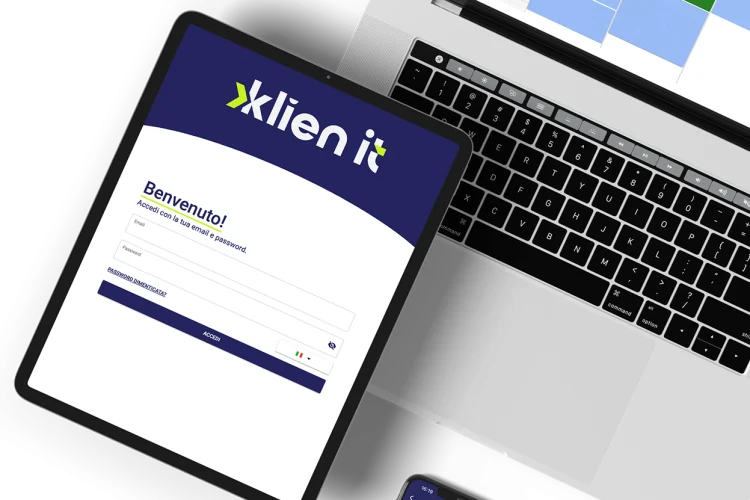For years, spreadsheets have been the go-to tool for organizing schedules and tracking progress, especially in the cleaning sector. They’re familiar, flexible, and accessible. But as businesses grow and demands become more complex, Excel starts to show its limits. Manual updates take longer, collaboration gets messy, and errors become costly. What once felt like a simple solution can quickly become a bottleneck.
Why Excel becomes a challenge over time
While Excel is powerful, it was never designed to manage complex, team-wide operations. As soon as multiple people are involved, problems arise:
- Limited visibility: managers can’t easily track who updated what, or whether tasks are truly complete.
- Error risk: a single formula mistake or misplaced cell can throw off entire plans.
- Time drain: constant manual entry and updates eat up hours that could be spent on more valuable work.
For small teams, these issues may be manageable. But for larger businesses, they compound quickly and start limiting growth.
The human side of switching
Transitioning away from Excel isn’t just about adopting a new tool, it’s about easing people’s workdays. Many employees feel overwhelmed by long lists of manual tasks or struggle to interpret dense spreadsheets. Planning software makes responsibilities clearer and more accessible.
Features like mobile access, automated notifications, and visual dashboards reduce stress and create a sense of alignment across teams. Staff no longer feel they’re “chasing cells” in a spreadsheet, they can focus on their actual work.
How management software makes life easier
Switching to dedicated management tools may sound intimidating, but the benefits are immediate:
- Automation: recurring tasks, reminders, and progress tracking happen automatically, reducing admin work.
- Collaboration built in: teams can check assignments, update status, and share notes in real-time.
- Insights and reporting: software highlights performance trends and bottlenecks, giving managers data to make smarter decisions.
What once required hours of spreadsheet maintenance can now be managed with a few clicks.
Risks of sticking with spreadsheets
Delaying the switch from spreadsheets to planning software doesn’t simply preserve the way things are, it actively creates risks. Managers often find themselves facing slower response times, since making quick adjustments is difficult when information is buried in static sheets. The reliance on manual input also increases the likelihood of errors, and even a small mistake can ripple through an entire plan, creating costly setbacks.
For employees, the frustration grows as they spend valuable time fixing or reinterpreting spreadsheets instead of focusing on their actual responsibilities. Meanwhile, competitors who adopt management software gain a clear advantage by operating faster, leaner, and with greater transparency. In today’s fast-moving environment, depending to Excel, can leave companies struggling to keep up and, ultimately, falling behind competitors.
Why making the switch is easier than you think
The good news is that moving from spreadsheets to planning software isn’t a painful process. Modern platforms are designed with user-friendliness in mind. Training is straightforward, and adoption can happen in gradual steps.
Companies that embrace the change enjoy fewer errors, smoother collaboration, and greater visibility. Employees gain time back, managers gain clarity, and customers benefit from more reliable service.
Switching isn’t just an upgrade, it’s an investment in efficiency and trust. And with today’s tools, it’s easier than ever to make the jump. If you’re curious about how these tools could work for your business, read more about the functionalities of our system here.



